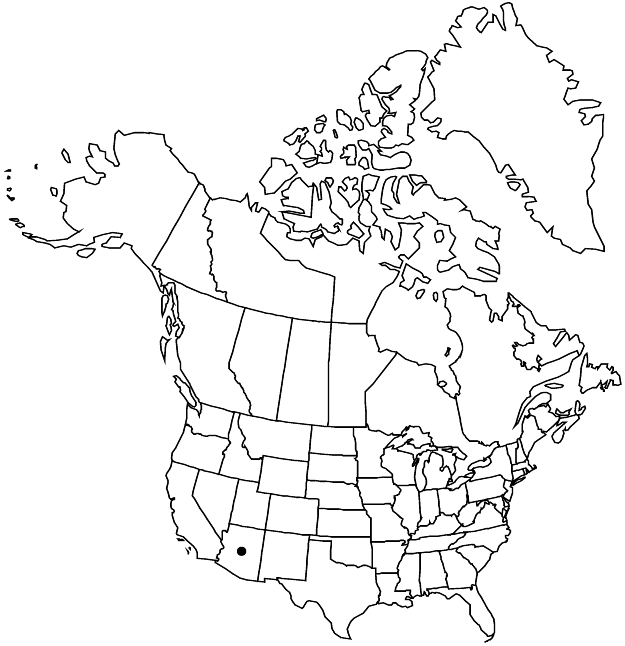Difference between revisions of "Eriogonum terrenatum"
Phytologia 86: 144. 2004.
FNA>Volume Importer |
FNA>Volume Importer |
(No difference)
| |
Revision as of 20:08, 24 September 2019
Shrubs, sprawling to erect, not scapose, 1–4(–5) × (1–)2–6(–9) dm, thinly tomentose or floccose to subglabrous, greenish. Stems spreading or erect, without persistent leaf bases, up to 1/2 height of plant; caudex stems absent; aerial flowering stems erect or nearly so, slender, solid, not fistulose, 0.05–0.3 dm, thinly tomentose. Leaves cauline, fasciculate; petiole 0.05–0.1 cm, glabrous; blade linear-oblanceolate or linear-elliptic, 0.3–0.8(–1) × (0.05–)0.1–0.2 cm, densely white-tomentose abaxially, thinly floccose or glabrous and greenish adaxially, margins rolled. Inflorescences cymose, compact, 1–3 × 1–3 cm; branches dichotomous, thinly tomentose; bracts 3, scalelike, triangular, (0.5–)1–2 mm. Peduncles absent or erect, 0.1–0.8(–1) cm, thinly tomentose. Involucres 1 per node, campanulate, 3–4.5 × 2.5–3.5 mm wide, thinly tomentose to subglabrous; teeth 5, erect, 0.5–1.2 mm. Flowers 3.5–4.5(–5) mm; perianth white, glabrous; tepals connate proximal 1/3, dimorphic, those of outer whorl broadly cordate, 2–3 mm wide, apex rounded, those of inner whorl oblanceolate, 1–2 mm wide; stamens exserted, 3.5–4.5 mm; filaments pilose proximally. Achenes light brown, 4–4.5 mm, glabrous.
Phenology: Flowering Aug–Nov.
Habitat: Clayey slopes and flat, creosote bush communities
Elevation: 1000-1200 m
Discussion
Eriogonum terrenatum is confined to two geographically separate areas. Near Vail, Pima County, it is restricted to clayey outcrops of the Pantano Formation, whereas near Fairbanks, Cochise County, it is confined to the eroded, clay slopes and flats of the Saint David Formation.
Selected References
None.
